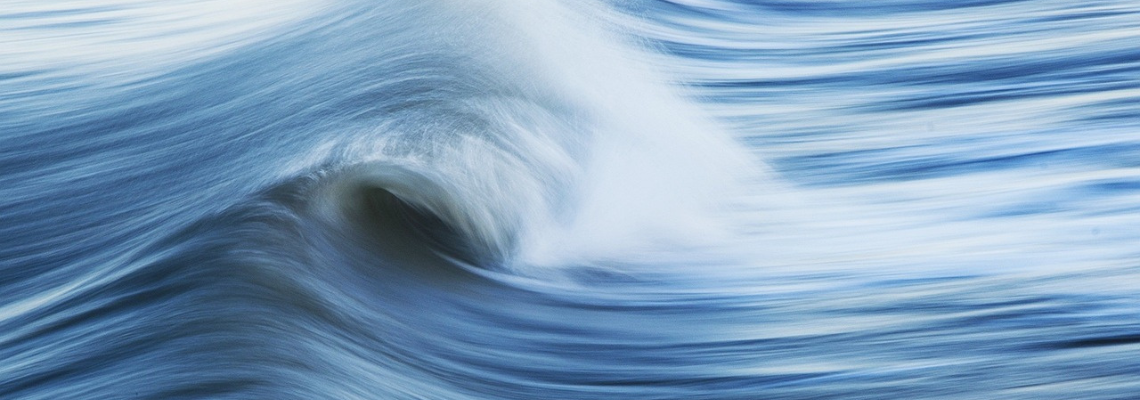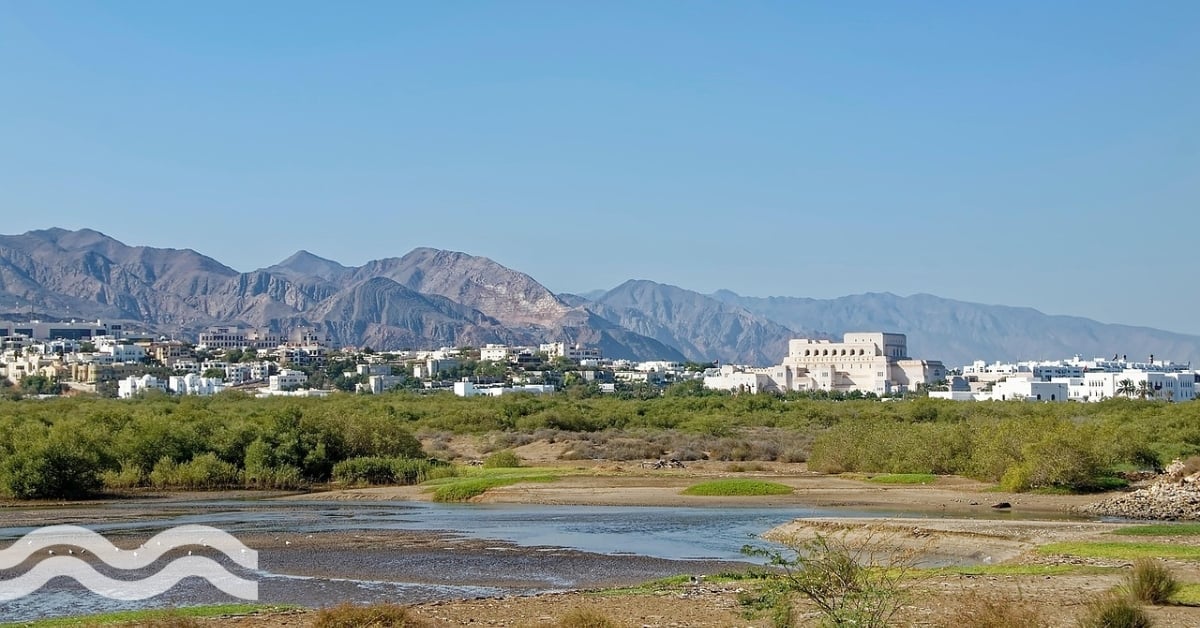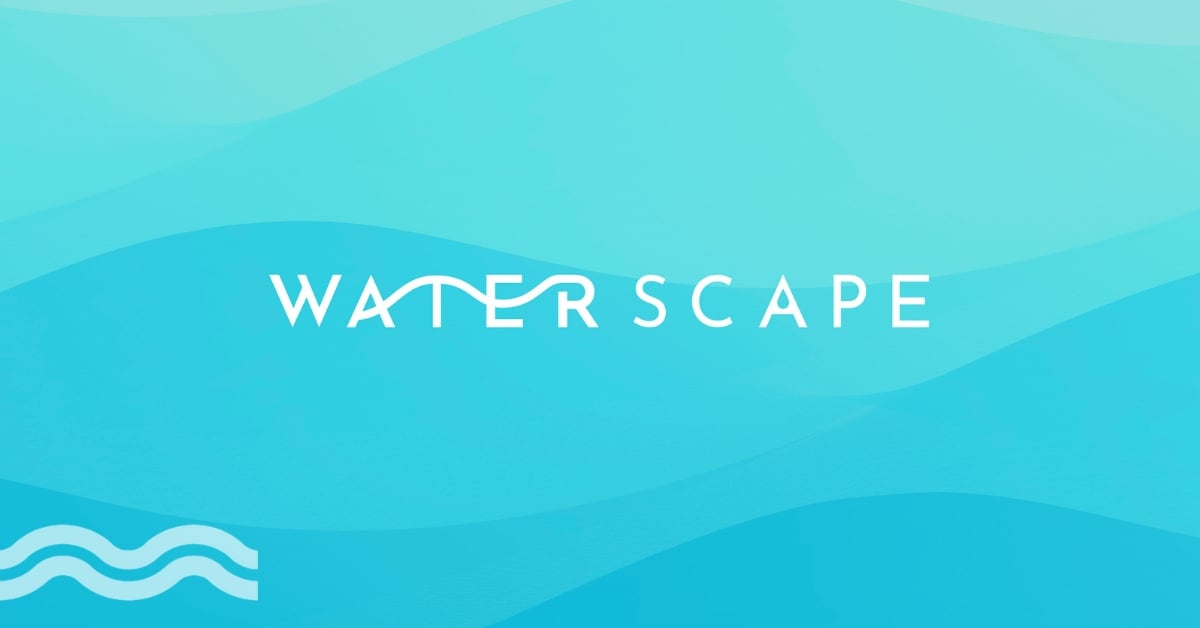Denmark-India tie up results in wave powered desalination ambitions

As part of an Indo-Danish Green Strategic Partnership, a wave powered desalination pilot will be developed to provide drinking water to coastal hamlets and islands.
Decentralised desalination to coastal hamlets and islands
As part of the Indo-Danish Green Strategic Partnership a number of technology developments are being developed, crossing the energy to the water markets.
One notable development is a collaboration between Danish headquartered Danfoss and the Indian Institute of Madras, Technology (IIT-M) to co-develop a wave powered desalination system.
Reverse osmosis (RO) membranes will be used in the pilot system, with produced drinking water will be supplied to coastal hamlets and islands.
The development is part of four MoUs signed between IIT-M and Danish companies, two with Danfoss and two with F L Smidthith operations in India.
The latter includes development on “decarbonisation of the cement industry”, using pyrolysis of waste fuels.
Professor Manu Santhanam told the Hindu Business Line that the Danish companies will initiate the projects and that IIT Madras will offer “technical assistance with clear guidelines and deliverables”.
Danish Crown Prince Frederik Andre Henrik Christian was quoted as saying: “We see great potential in sharing mutual knowledge with India and its bright engineers.”
Market developments to date
Multiple efforts are underway to commercialise and scale up wave-powered desalination.
One example is the Wave2O process, designed by Boston-based Resolute Marine Energy, under development for more than a decade.
The process uses several wave energy converters (WECs) to pressurize seawater, which is then piped ashore to directly drive a seawater reverse osmosis (RO) desalination system.
A series of paddles are moved forwards and back by the waves and the resulting energy is then harnessed to filter seawater.
Elsewhere, Quebec company Oneka Technologies is gaining traction with its floating, buoy-based system.
Buoys anchored 200 metres to three kilometres from the shoreline house the desalination systems. A ‘pumping’ action occurs when the buoys rise and fall with the waves, which compresses the seawater and squeezes it through a reverse osmosis membrane.
Ambitious estimates from the company are that the smallest systems (comprising five buoys) can produce 50,000 litres per day, with larger systems (100 buoys) able to produce one million litres per day.


